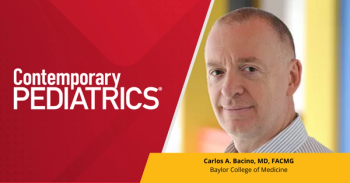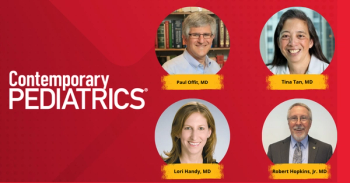
- Vol 35 No 9
- Volume 35
- Issue 9
Obstructive sleep apnea treatment may be a therapeutic option for NAFLD
Treatment of obstructive sleep apnea/nocturnal hypoxia with continuous positive airway pressure (CPAP) in children with nonalcoholic fatty liver disease (NAFLD) reduces the severity of liver injury and of oxidative stress.
Treatment of obstructive sleep apnea/nocturnal hypoxia with continuous positive airway pressure (CPAP) in children with nonalcoholic fatty liver disease (NAFLD) reduces the severity of liver injury and of oxidative stress. These were the findings of a study in 9 Hispanic boys (mean age, 11.5 years; mean body mass index [BMI], 29.5) with liver biopsy-confirmed NAFLD and severe obstructive sleep apnea/hypoxia who were studied before and after CPAP therapy. At baseline, participants also had elevated aminotransferases, metabolic syndrome, and significant oxidative stress (high F(2)-isoprostanes).
Participants were treated with CPAP an average of 89 days, which resulted in longer total sleep time as well as improvements in obstructive sleep apnea and hypoxia. And although BMI increased over time, biomarkers of liver injury improved: Alanine aminotransferase decreased significantly, and there was a trend toward improved aspartate aminotransferase.
In addition, investigators saw reductions in metabolic syndrome markers and F(2)-isoprostanes. They also noted that increased minutes of CPAP use per day were strongly correlated with reduced insulin and increased leptin levels (Sundaram SS, et al. J Pediatr. 2018;198:67.e1-75.e1).
Thoughts from Dr. Burke
These authors cite data showing that up to 10% of all children and 38% of children with obesity have NAFLD. Complications of this condition can be far reaching and severe. The trial described here is a small pilot study in a limited patient population. Nonetheless, it may offer a clear path for further research and eventual treatment of large groups of patients.
Articles in this issue
over 7 years ago
Parental postpartum depression: More than “baby blues”over 7 years ago
Blue light phototherapy: Can it prevent allergic skin disease?over 7 years ago
8 best practices to tossover 7 years ago
Microbiome-based therapy for eczema: On the horizon?over 7 years ago
Why screen new fathers for postpartum depression?over 7 years ago
Managing enuresis in primary care: Part 1over 7 years ago
Newborn with bilious emesis and weight lossover 7 years ago
Breath-actuated inhalers in childhood asthmaover 7 years ago
Spondylolysis: Underrecognized cause of low back painNewsletter
Access practical, evidence-based guidance to support better care for our youngest patients. Join our email list for the latest clinical updates.








